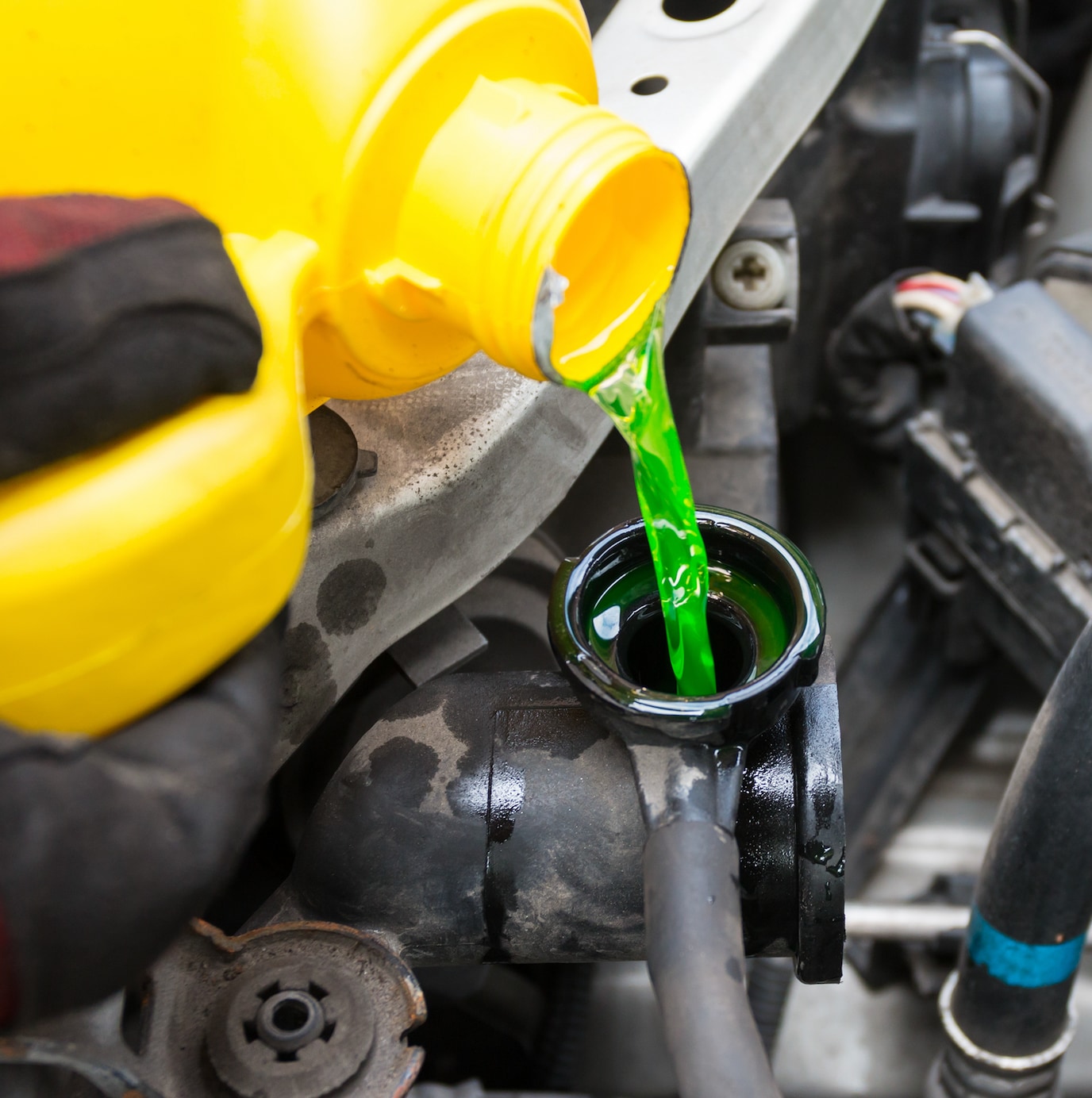It is important to know that conventional coolant and OAT or HOAT coolants should not be mixed. The chemical compositions are different enough that mixing them will lower their lifespan and possibly gunk up the cooling system, even if you have the system professionally flushed.
When you purchase a new car, always check with the Owner's Manual for the specific type of coolant to use and to find out how often you will need to have the engine coolant system serviced. Some automakers suggest that you have the engine coolant system completely flushed and refilled with new coolant/antifreeze every 30,000 miles.
Depending on the make and model of vehicle, this service is recommended in your Owner's Manual every 30,000 to 50,000, or even up to 150,000 miles or 15 years. Some manufacturers recommend servicing the vehicle more often if your car, truck, or SUV has been subjected to severe service due to things like frequent towing, which can generate more heat.
If your engine coolant system develops a leak due to a faulty water pump or radiator hose, the loss of fluid will cause the engine to overheat.




